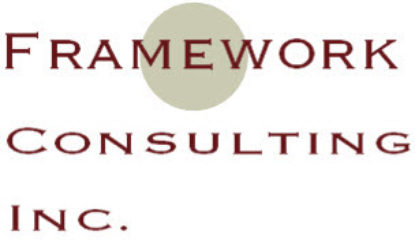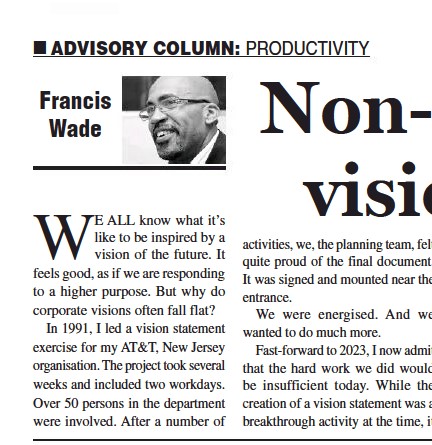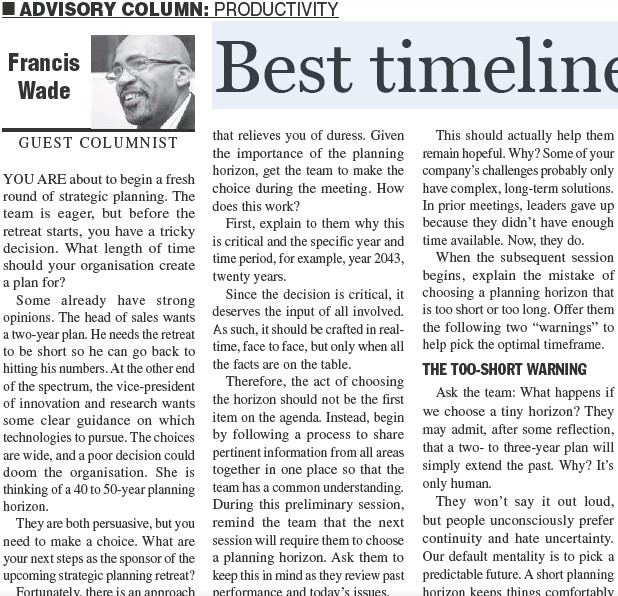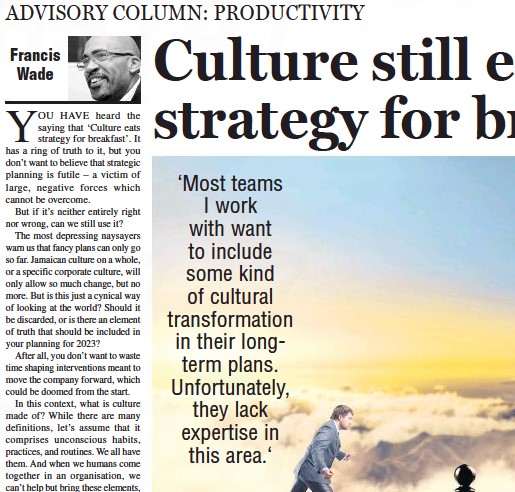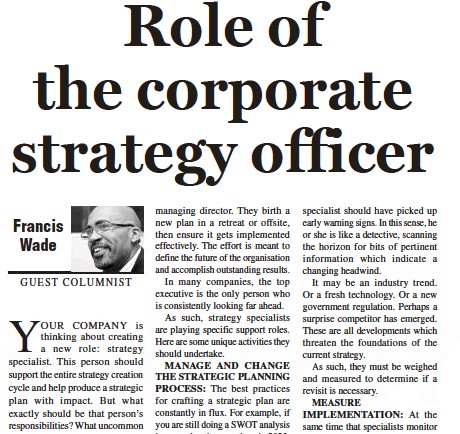We all know what it’s like to be inspired by a vision of the future. It feels good, as if we are responding to a higher purpose. But why do corporate visions fall often flat?
In 1991, I led a vision statement exercise for my AT&T, New Jersey organization. The project took several weeks and included two workdays.
Over 50 persons in the department were involved. After a number of activities we (the planning team) felt quite proud of the final document. It was signed and mounted near the entrance.
We were energized. And wanted to do much more.
Fast forward to 2023, and now I admit that the hard work we did would be insufficient today. While the creation of a vision statement was a breakthrough activity at the time, it would hardly move the needle now. Why?
Things have changed. If you intend to motivate staff with a view of an inspiring future, you must use more precise tools. Here are some insights.
1. Follow the “Fool-Yourself Rule”
Thanks to Facebook, Instagram, Whatsapp, Twitter, and Tik Tok, we are flooded with inspirational memes. Perhaps your friends also send 5-10 quotes with a pretty background each day.
Given the overwhelm, you probably aren’t as easy to arouse as you used to be. In fact, now you could be a bit jaded.
This isn’t a personal problem and there’s nothing wrong with you. The most likely explanation? You have raised the bar.
For example, statements that everyone can claim to be true don’t lift you up. Case in point: “Thankful I am near the top of my profession!”
Anyone can post this accolade on their timeline because it lacks specific measurements. It’s vague. Unclear. And falls flat.
Today, the same problem pervades corporate statements. Check your company’s vision. If it sounds as if it’s already been done, then it’s failing the test. So does the AT&T department vision of old.
Today, effective organizational visions prevent people from fooling themselves into thinking they have arrived. Instead, they create a useful tension because they evoke a clear gap.
2. Fill in the Details
Today, we are exposed to would-be inspirations via text, image, videos, audios, and interactives. Dynamic communicators use these elements to paint vivid portraits of their visions.
In like manner, we need to create detailed pictures of the future. For example, in addition to saying “a company that is diverse” we would say:
– no more than 50% of our staff comes from any tertiary institution.
– at least 35% of employees originate from other CARICOM countries.
– no single gender dominates new hires by more than 10%.
These specifics raise pointed questions such as: Why are these numbers chosen? What is the target year? What is today’s baseline?
They provoke a followup: “How will we get there?”
In the past, company leaders could get away by saying “Trust Me”. But those days are gone. Now, a written strategic plan must bridge the gap between today and tomorrow before employees buy in.
3. Detail the Steps
Use your strategic planning retreat to create a vision, give it details, and link it back to 2023 with a plan. Start with a structured, high-level brainstorm to bring everyone together on the same page around your vision. You can begin with words, but make sure it has a date such as Vision 2030 Jamaica.
Then, once agreement is reached, convert the words into metrics. What will be the KPI’s in the chosen year? Also, craft a list of interventions needed to move the numbers in the right direction.
Finally, use a modern tool – back casting – to connect your vision for the future with today in a single timeline. How does it work?
Simply start with the future and work back towards the present. For example, if you choose a 25 year target, start in 2048 and work backwards to this year.
But here’s an important tip – don’t try to do this exercise in a large group. Instead, hand-pick a small one.
During its deliberations, the smaller team crafts a logical and feasible timeline. It should be conservative. Easy to understand. And showcase a host of cause-and-effect relationships so that others can follow your logic.
But above all else, it must be credible. Now, any stakeholder can be taken through the long-term strategic plan and believe in it.
This is all a far cry from the vague vision statement we put up at the entrance at AT&T. That document had neither a target year, nor specifics, nor a means to accomplish its goals.
If your company is still parading a vague vision statement in its corridors, retire it. Create a new detailed vision for a specific year that energizes staff.
Francis Wade is the author of Perfect Time-Based Productivity, a keynote speaker and a management consultant. To search his prior columns on productivity, strategy, engagement and business processes, send email to columns@fwconsulting.com.
